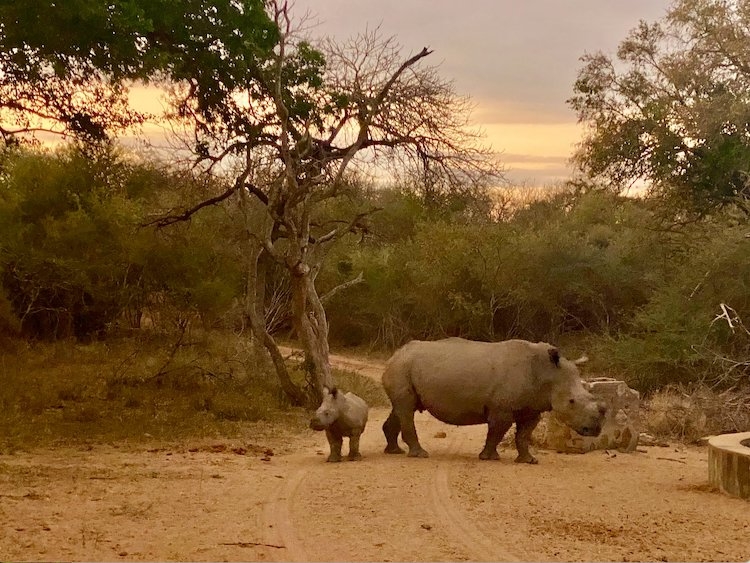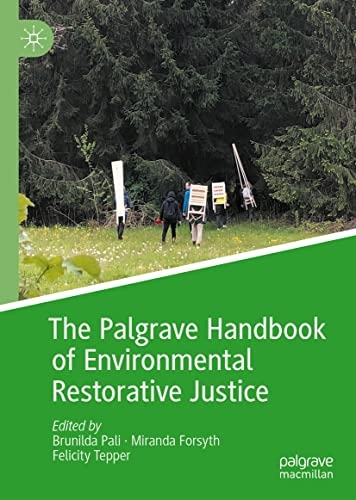Towards Environmental Restorative Justice in South Africa: How to Understand and Address Wildlife Offences


Annette Hübschle GRG Senior Researcher, together with Ashleigh Dore and Mike Batley, argue that current law enforcement and criminal justice approaches are reactive in nature and fail to address the root causes that lead individuals and groups to commit wildlife crimes and why a restorative justice model might offer a more holistic, inclusive, harm-and-people centred approach to justice when dealing with wildlife offences. Their chapter, titled, Towards Environmental Restorative Justice in South Africa: How to Understand and Address Wildlife Offences appears in the newly published Palgrave Handbook on Environmental Restorative Justice.
Abstract:
South Africa is home to a rich diversity of endemic and endangered species of fauna and flora, many of which are poached, illegally harvested or captured. Traditional law enforcement and criminal justice steps have been taken to disrupt wildlife crimes, but they are reactive in nature and thus fail to address the root causes that lead to the commission of wildlife offences. In this chapter, the authors consider whether restorative justice might offer an appropriate approach for meting out justice against people and entities who commit wildlife offences. Taking into account historical and structural drivers that might lead to the commission of wildlife offences, the chapter begins with a short historical and current context of South Africa’s troubled conservation history and what measures have been taken to implement socially just conservation programming and land reform. The authors then unpack wildlife offences and responses thereto before looking into structural and individual drivers of such offences. Using Berg and Shearing’s analytical lens of harm landscapes (harmscapes), it is argued that wildlife offences in South Africa fall into the category of contemporary harmscapes that are characterised by both radical uncertainty and unpredictability. Dealing with wildlife offences thus requires a departure from traditional crime and justice models. The authors recommend that a restorative justice model should be implemented which would offer a more holistic, inclusive, harm- and people centred approach to justice.

Citation:
Dore, A., Hübschle, A & Batley, M. 2022. Towards Environmental Restorative Justice in South Africa: How to understand and address wildlife offences. In: Pali, B., Forsyth, M. & Tepper, F. (eds.) Palgrave Handbook on Environmental Restorative Justice, 333-359.
Palgrave Macmillan, Cham. https://doi.org/10.1007/978-3-031-04223-2_14. .
